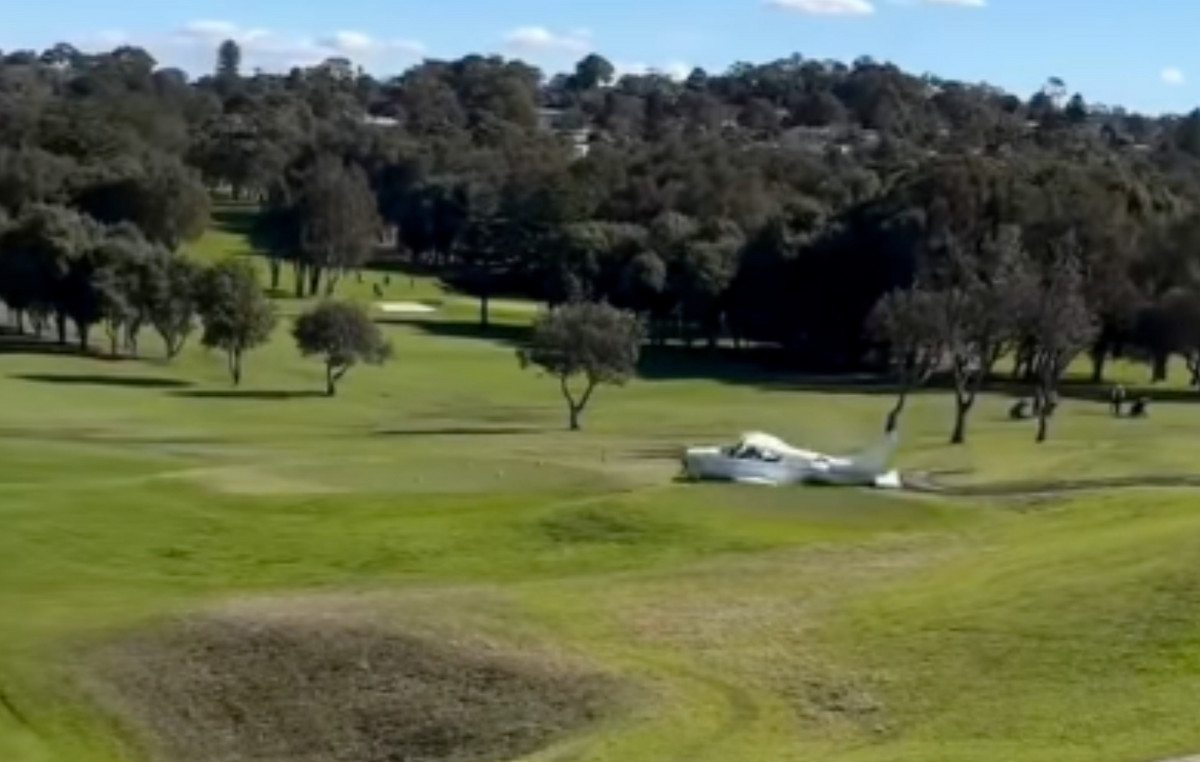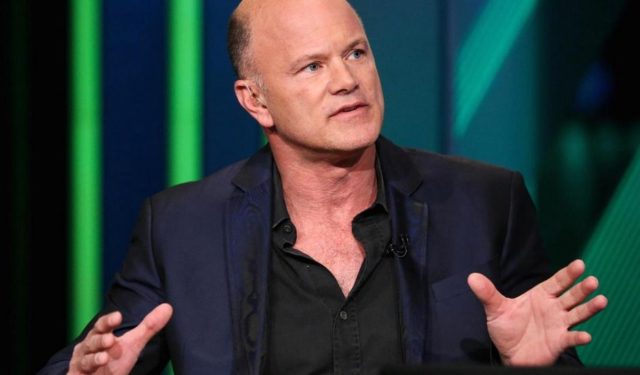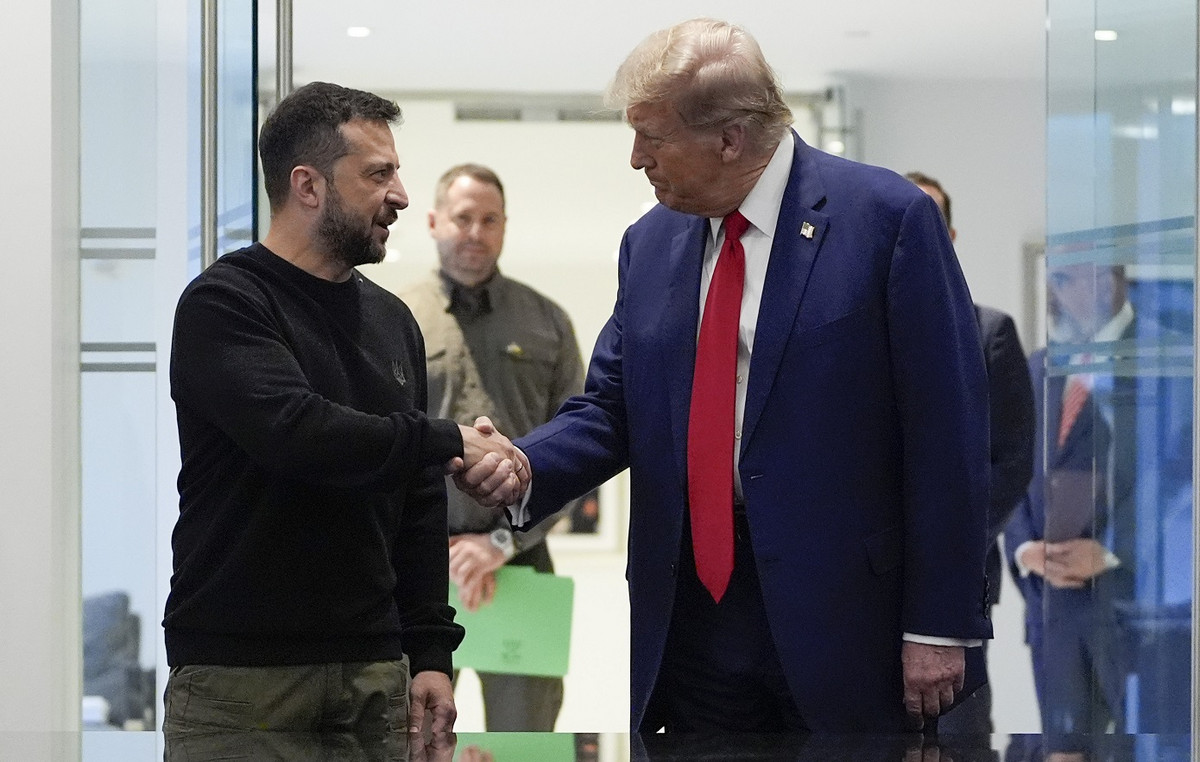The February inflation result, released this Friday morning (10) by the Brazilian Institute of Geography and Statistics (IBGE), limits room for early interest rate cuts by the Central Bank (BC), experts told the CNN.
According to the IBGE, the Extended Consumer Price Index (IPCA), the country’s official inflation indicator, recorded a rise of 0.84% in February, marking an acceleration in relation to January, when it increased by 0.53%. The result was slightly higher than expected by the market, of 0.8%, according to a Reuters survey.
In 12 months, the index accumulates a high of 5.60%. From this perspective, the IPCA indicates deceleration, since, in the previous month, the increase was 5.77%. Still, it is well above the midpoint of the 2023 target of 3.25% and the target ceiling of 4.75%.
The reading is that prices in the country remain under pressure and “persistently high”, so that high interest rates — the tool used by the Central Bank to contain inflation — have not yet had the expected effect.
The analysis takes place while bets are growing that the Selic rate could retreat from the current level of 13.75% ahead of schedule, still in the middle of the year, in the face of a better balance of risks, a worsening in the credit market and pressure by agents of the Marketplace.
“On the one hand, we see the IPCA still hovering around high levels, showing signs that there has been a stagnation of that improvement seen in the second half of last year. On the other hand, we see a cooler, contracted economic activity”, says Danilo Passos, an economist at WHG.
“With this background, the BC does not have much room to cut interest rates in the middle of the year. For that to happen, we would need to see a relevant change in the scenario, with inflation decelerating quickly and activity resuming the upward curve.”
Expectations around inflation, however, do not point to a rapid deceleration, but a gradual one in the accumulated 12 months.
According to André Braz, coordinator of the Price Indices of the Brazilian Institute of Economics of the Getulio Vargas Foundation (FGV-Ibre), “inflation continues to press at the end, mainly driven by services, but the expectation is for a slowdown throughout the year, since the inflation registered in 2022 was very high”.
That’s because, according to him, the Selic at 13.75% has had a “delicate effect” so far, since the rate focuses mainly on Brazilian consumption.
“Looking at durable goods, such as cars and appliances, there is already an inversion trend, but services remain slow and that’s what we need to see. High interest rates discourage consumption in these sectors and the effects are still timid”, he says.
He draws attention, however, to an important point that contributes to the hypothesis of a reduction in interest rates in the middle of the year: the indebtedness of families.
A survey by Serasa Experian points out that the number of defaulters increased from 59.3 million in January 2018 to 70.1 million in January 2023 — a record in the historical series. The interpretation is that household consumption, especially of more expensive goods, will be compromised throughout the year, slowing down the retail and industrial sectors.
Because of this, “the BC may decide to cut back halfway through the year, because defaults are already causing an inversion in the future interest curve”, says Braz.
There is yet another point that must be taken into account: the debate on the fiscal framework.
“If a credible framework is proposed and approved that meets the market’s expectations regarding the public debt, there may be an improvement in the BC’s assessment of the scenario as a whole. It may be that there is an appreciation of the exchange rate, a greater anchoring of projections for inflation… This would greatly facilitate the path of the BC to cut interest rates”, evaluated Danilo Passos.
In a statement last Thursday (10), the Minister of Planning, Simone Tebet, said that the substitute for the spending ceiling should please everyone, including the market.
“It is a responsible fiscal framework, concerned with fiscal responsibility, with the primary deficit, with the stabilization of the debt/GDP, and it responds to a fair request from the President of the Republic to have the necessary resources for Brazil to return to growth”, said the minister, after a lunch with the finance minister, Fernando Haddad, in which the new framework was discussed.
Haddad even said that he wants to present the model before the next meeting of the Copom (Monetary Policy Committee), which will take place on March 21st and 22nd. The expectation of the economic team is that the Committee sees the new framework as a security to start the process of lowering the basic interest rate.
However, Passos claims that the tax alone is not enough to lower the Selic rate.
“It is a necessary condition, but not enough to lower the Selic rate by itself. It needs to be a sum of factors for the BC to anticipate the flight plan a little and start cutting interest rates before what is signaled in the minutes”, says Passos.
Luciana Rabelo, an economist at Itaú Unibanco, says that the bank’s forecast is that the Selic will start to fall in the last two meetings of the year, on October 31st and November 1st and December 12th and 13th, ending the year at 12, 5%.
Itaú still predicts that the IPCA for 2023 will accelerate to 6.1% — far above, therefore, the center of the target that guides the decisions of the BC, of 3.25%.
Source: CNN Brasil
I am an experienced journalist, writer, and editor with a passion for finance and business news. I have been working in the journalism field for over 6 years, covering a variety of topics from finance to technology. As an author at World Stock Market, I specialize in finance business-related topics.







